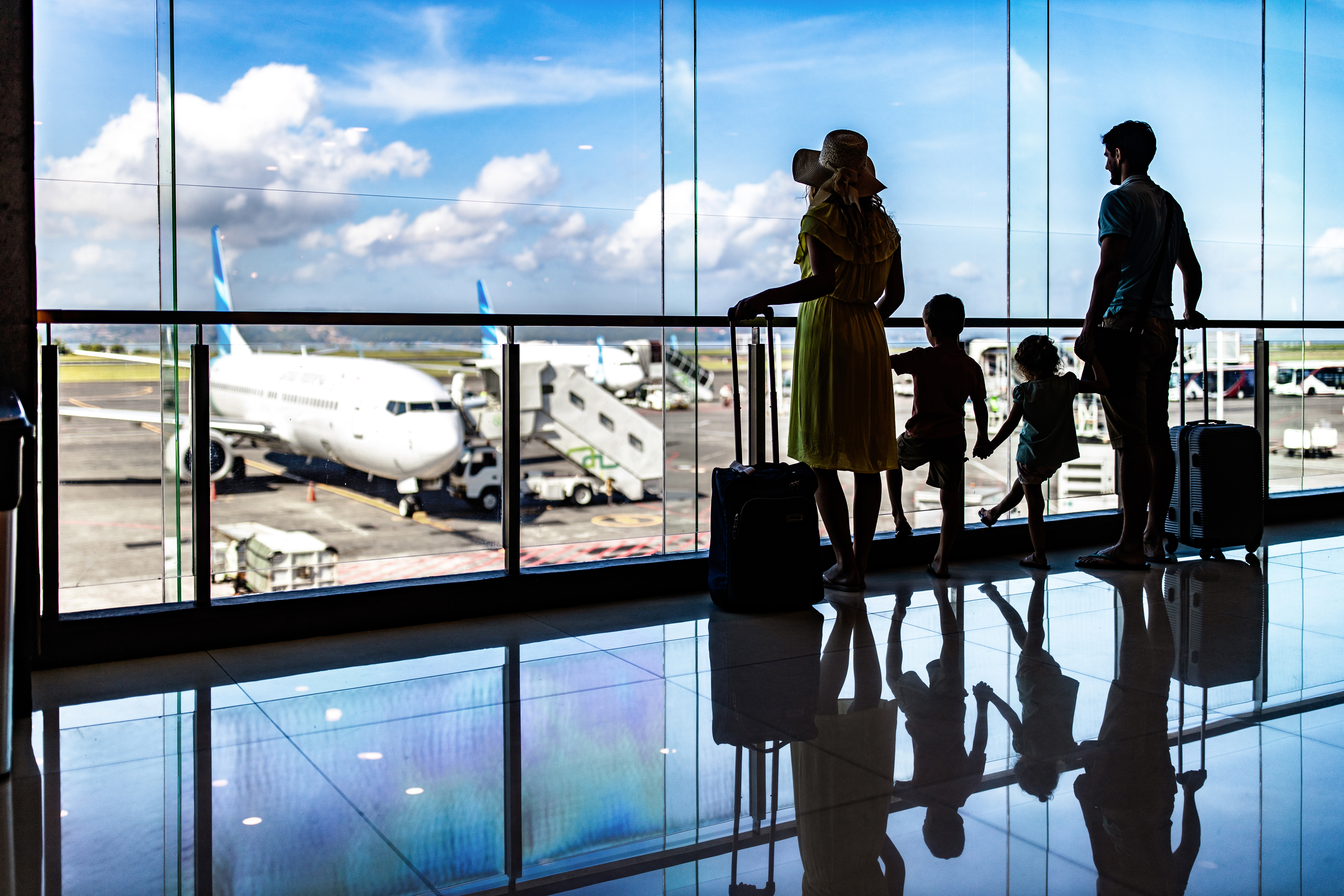Once in a while, it comes up in the news that “Airline X is going to weigh their passengers”, which can leave some passengers curious. What is that needed for? 
When airlines weigh passengers it’s about safety and efficiency. Aircraft are certified against maximum take-off mass, which includes the mass of the aircraft itself plus passengers, luggage, fuel and other load items. While there is a technical distinction between “mass” and “weight”, it is convenient to talk about weight, as this is something everyone understands and is easy to measure.
As you can imagine, it would be rather challenging to weigh all passengers, crew and hand luggage before every single flight, therefore standard averages are used in these calculations. These standard averages are defined in the rules for air operations and are periodically reviewed to ensure they reflect current trends and maintain safety margins. The safety margins are needed to accommodate variations in passenger weights or in other load items. And that’s why occasionally there is a need to conduct such studies on passenger weight – to check that the standard averages are still correct.
Why is weight so important?
Weight has an impact on aircraft performance:
- Take-off and landing: heavier aircraft need longer distances for take-off and landing. The length of the runway has to match the distance required to ensure safe take-off and landing. If the runway is too short, the overall weight of the aircraft would need to be reduced.
- Fuel consumption: more weight means higher fuel consumption, which affects the efficiency and cost of flights.
- Payload and range: increased passenger weight can reduce the amount of cargo an aircraft can carry or shorten the distance range the aircraft can travel.
The rules for air operations (Regulation (EU) 965/2012, if you want to dig deeper) mandate that an aircraft shall not take off if its take-off mass exceeds the certified maximum take-off mass.
Not just weight, but also balance
Proper weight distribution is essential to maintain the centre of gravity of aircraft within safe limits. The correct position of the centre of gravity is essential for the stability and control of the aircraft. It also has an impact on fuel consumption. Airlines may adjust passenger seat allocations and cargo distribution to ensure the aircraft's centre of gravity is within safe limits. This helps maintain stability and efficiency during flight. If your pilot mentions “trim”, this is the concept he is referring to.
Weight review before each flight
Air operators don’t rely only on standard weights in their daily operations. Before each flight, the commander of the flight receives exhaustive mass and balance documentation including data on the number and type of passengers (e.g. the number of babies and children) expecting to board, to verify that limitations are not exceeded. The commander has to accept and countersign the mass and balance documentation for the flight and, if not satisfied, will require appropriate changes. If the actual weight is more than expected, airlines may take actions such as reducing the number of passengers or cargo, adjusting fuel quantity, or redistributing passengers and luggage to maintain balance.
EASA studies on passenger weight

EASA has conducted studies on passenger weight to provide statistical support to assess whether current passenger and baggage weights are adequately reflected in the air operations regulations to meet the aircraft mass and balance requirements.
The most recent study, from 2022, concluded that the average passenger weight for an adult with carry-on luggage was 84kg . That means that there was no significant change in passenger weight compared to the previous study, ensuring that current regulations remain appropriate.
Stay informed
Create an account and follow on EASA Light to stay up to date with EASA’s activities.
